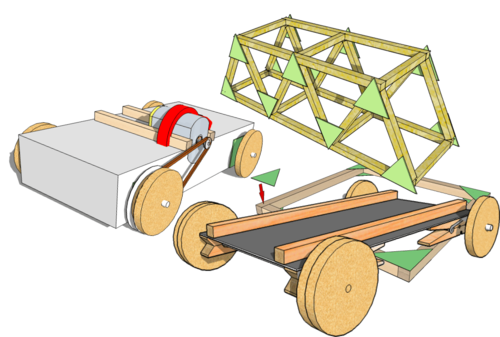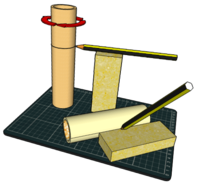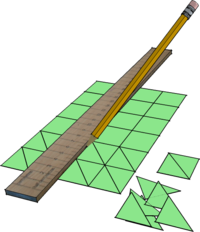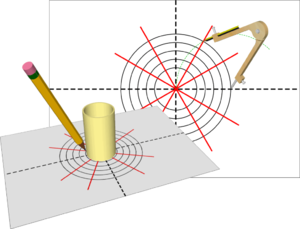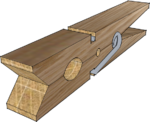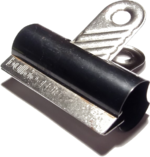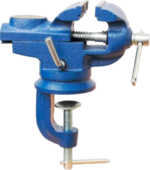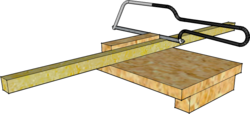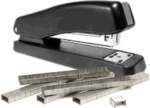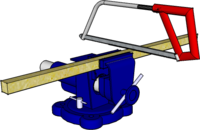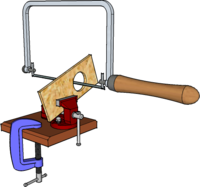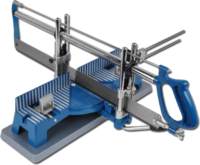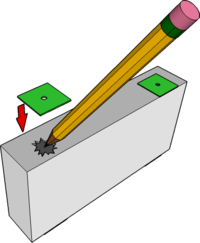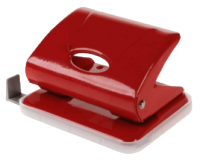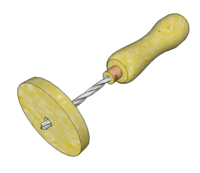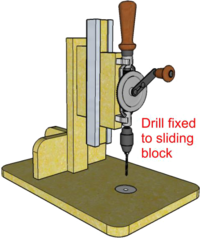Stripwood Technology Tools: Difference between revisions
From DT Online
mNo edit summary |
mNo edit summary |
||
| Line 77: | Line 77: | ||
|- | |- | ||
| '''[[Coping Saw]]''' | | '''[[Coping Saw]]''' | ||
| These also have a replaceable blade ''(insert pointing forwards)'' which can be adjusted to different angles in the frame. They are used mainly for making curved cuts in wood or plastics. | | These also have a replaceable blade ''(insert pointing forwards for this purpose)'' which can be adjusted to different angles in the frame. They are used mainly for making curved cuts in wood or plastics. | ||
| [[File:CopingSawUse.png|200px|right|link=http://www.amazon.co.uk/gp/search/ref=as_li_qf_sp_sr_il_tl?ie=UTF8&camp=1634&creative=6738&index=aps&keywords=coping%20saw&linkCode=as2&tag=dton06-21]] | | [[File:CopingSawUse.png|200px|right|link=http://www.amazon.co.uk/gp/search/ref=as_li_qf_sp_sr_il_tl?ie=UTF8&camp=1634&creative=6738&index=aps&keywords=coping%20saw&linkCode=as2&tag=dton06-21]] | ||
|- | |- | ||
Revision as of 18:40, 4 February 2017
Introduction
Only a basic minimum of tools is needed to be able to make complex working models - either in the classroom or on the kitchen table!
Most of the equipment listed here is chosen to be safe for use by even young children, given reasonable supervision and precautions (i.e. even a sharpened pencil has the potential to cause harm!). Where there are specific dangers and adult help may be needed, these are highlighted.
Tools are chosen also to be maintenance free where possible (e.g. only saws with replaceable blades are used).
Marking and Measuring
| Pencils | HB grade pencils are good for general work and 2H for more accurate marking out. Pencils can be supported on top a block of wood, or similar, and used as a Height Gauge or Scribing Block or run along its edge as it is held against a tube to simulate a Box Square | |
| Ruler | For general measuring and marking out straight lines but also used as a width gauge when marking out Card Triangles and Squares. | |
| Pencil Compass | Used for marking Circles, stepping off distances and Geometric Constructions. | |
| Template | Various Templates are available commercially to assist drawing geometric and other shapes. A simple aid to setting out divisions around a tube or circle to set out gear teeth, for example, can be made by folding a sheet of paper into quarters, drawing circles from where the folds cross, then stepping off a radius from each fold to divide into 12. |
Holding and Clamping
| Pegs | Spring type clothes pegs are useful for holding together small parts as glue dries. | |
| Bulldog Clips | Another good mini-clamp, particularly use for holding temporarily together Stripwood corners to check details before gluing. | |
| Weights | Any suitable size heavy object, with at least one flat surface, can be used to weight down card triangles on corner joints while the glue sets for example. | |
| Clamp-on Vice | A small Clamp-on Vice holds the work-piece firmly whilst it is sawn or drilled for example. | |
| Bench Hook | Older children may be able to hold Stripwood firmly enough against a small Bench Hook as they saw it to length. | |
| G Cramp | A selection of small 'G' Cramps are useful for holding Vices, Precision Mitre Saws and Drilling Jigs down to the desk or table top. | |
| Stapler | In addition to their everyday use, small desk staplers can be used to grip electric wire or components on to circuits made by sticking self-adhesive copper strip on to card. Most designs are an example of a Class 3 Lever |
Sawing and Cutting
| Junior Hacksaw | A small 'pistol grip' Junior Hacksaw can be used to cut Stripwood to length. These are the main type of saw used and, for most work, no other is needed. Choose metal cutting blades - these have fine teeth which are suitable for the small sections of Stripwood - and are less likely to cut fingers! | |
| Coping Saw | These also have a replaceable blade (insert pointing forwards for this purpose) which can be adjusted to different angles in the frame. They are used mainly for making curved cuts in wood or plastics. | |
| Precision Mitre Saw | This optional extra equipment provides a safe way for young children to cut larger sections of wood accurately both Square and to a pre-set angle. |
Making Holes
| Pencil | Holes are easily pushed into boxes when Box Modelling but they may need making more accurate by gluing over them a piece of card with a hole created by a Paper Punch | |
| Paper Punch | Ordinary desktop paper punches will make holes in card suitable to receive 4.5mm diameter axles. They are best used upside down so the exact position of the final hole can be seen. The common design shown is an example of a Class 2 Lever. | |
| Handled Twist Drill | 4.5mm and 5mm Twist Drills can be mounted in a file handle and used as a Reamer to enlarge pre-drilled holes in wood. | |
| Hand Drill Jig | Drilling a hole exactly Square to the surface of a MDF disc can be difficult and will cause a wheel to wobble if not done. To assist, a simple drill stand can be made by mounting a hand drill on to a sliding frame of some kind. |
